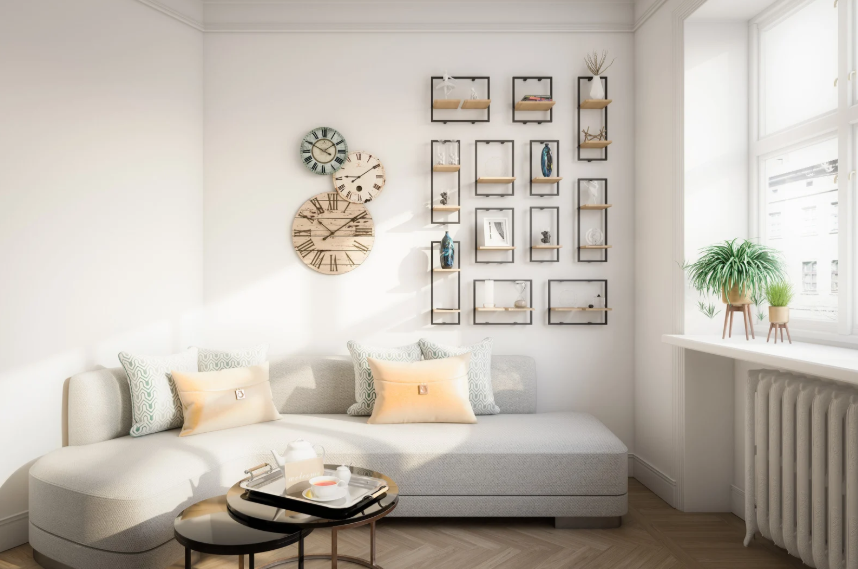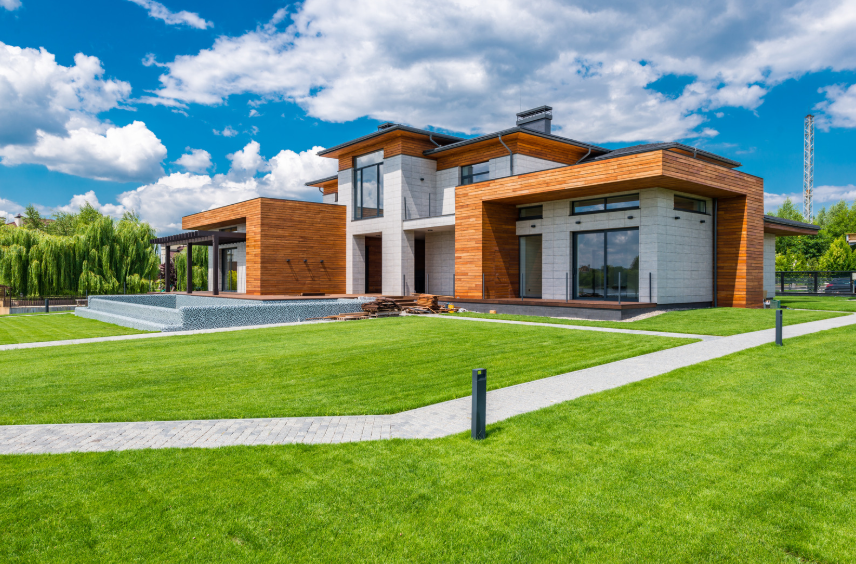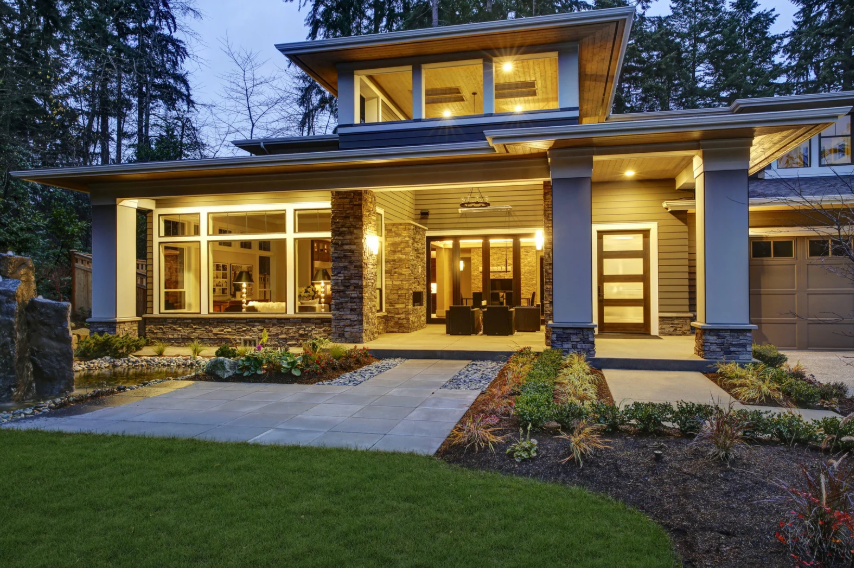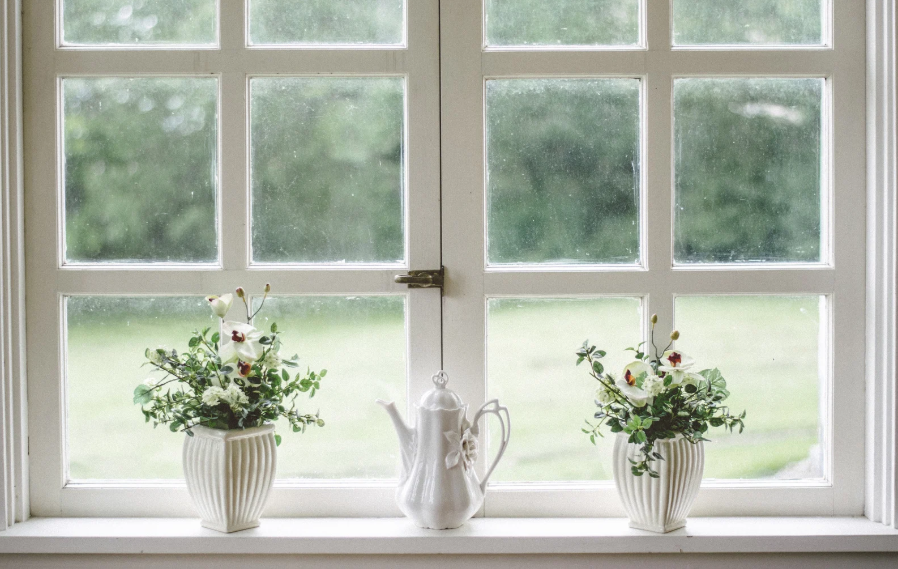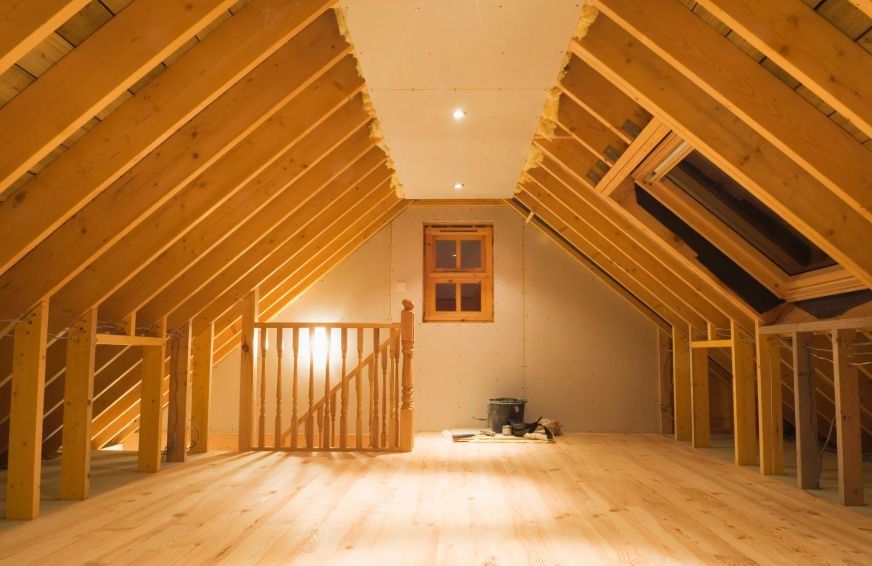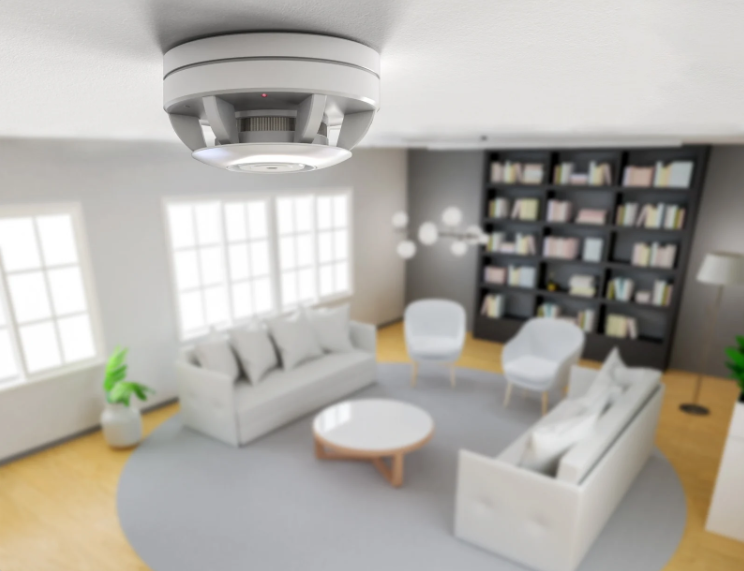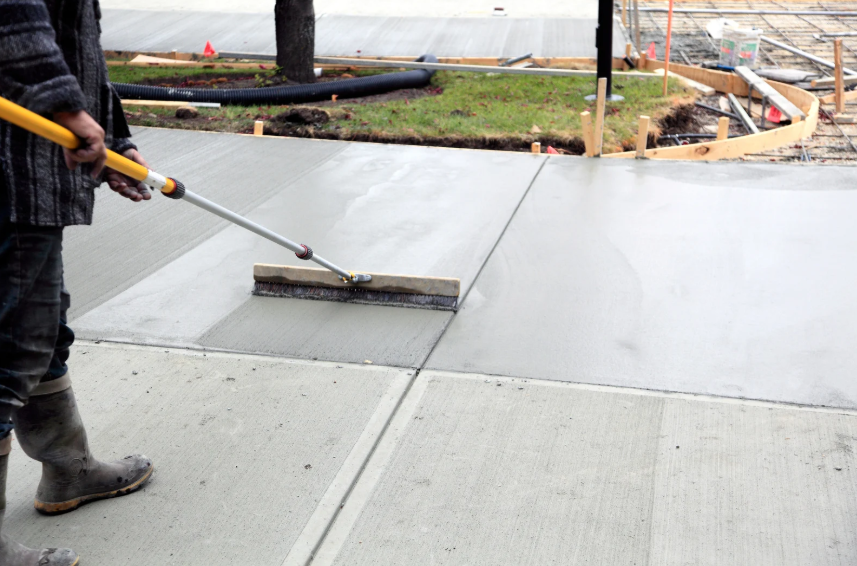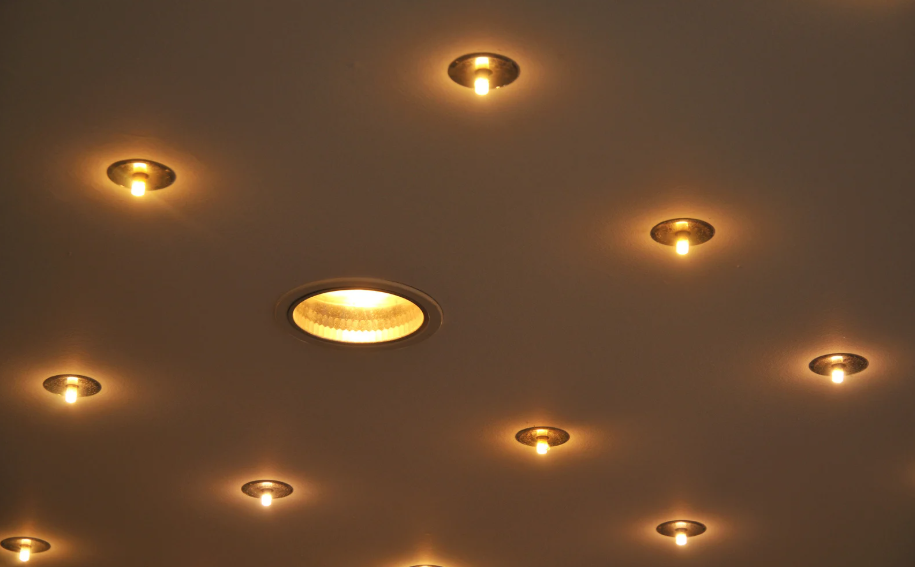Illuminate Your Nights: A Guide to Landscape Lighting Design
- By Faseeh Blackloup
- •
- 23 Oct, 2024
- •
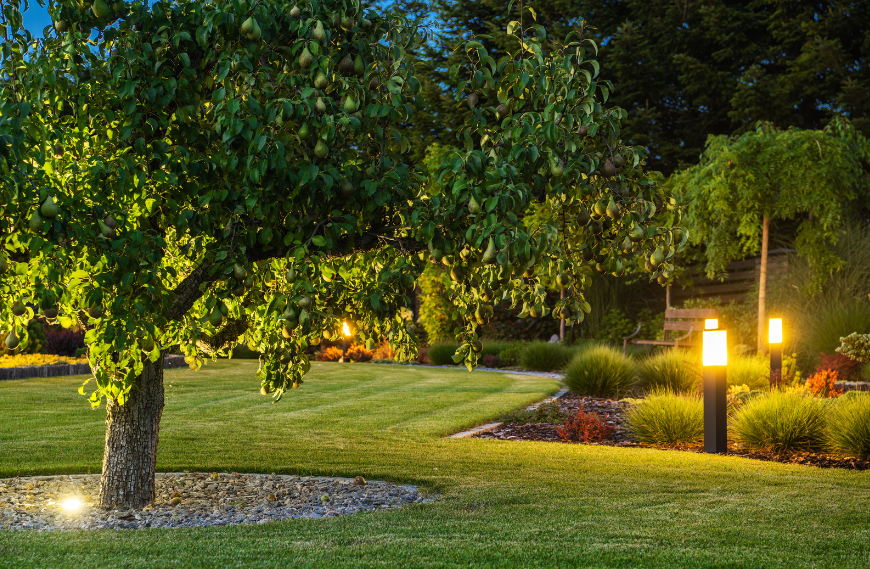
Understanding the Importance of Landscape Lighting
Before diving into the specifics of lighting design, it's essential to understand why landscape lighting is significant:
Enhanced Aesthetics: Properly placed lights can accentuate the architectural elements of your home and highlight beautiful plants, trees, and garden features. They create a warm and inviting atmosphere that can turn your outdoor space into an extension of your home.
Safety and Security: Good lighting is crucial for safety. It illuminates walkways, steps, and other potentially hazardous areas, reducing the risk of accidents. Additionally, well-lit areas can deter unwanted intruders, increasing the security of your home.
Increased Usability: Landscape lighting allows you to enjoy outdoor spaces after dark. Lighting makes your space more functional, whether hosting a dinner party, enjoying a quiet evening on the patio, or playing with the kids in the yard.
Highlighting Features: Thoughtful lighting can draw attention to specific features in your landscape design, such as a beautiful tree, a water fountain, or an architectural element of your home.
Planning Your Landscape Lighting
Step 1: Identify Your Goals
Before selecting fixtures or layouts, take a moment to identify what you want to achieve with your landscape lighting. Consider the following questions:
Do you want to highlight certain features of your garden?
Are you looking for general illumination for safety?
Do you want to create a cozy atmosphere for outdoor gatherings?
Clear goals will guide your design process and help you make informed decisions about the type of lighting you need.
Step 2: Choose Your Lighting Style
Spotlights: These lights highlight trees, sculptures, or architectural features. They provide focused beams that can draw attention to specific areas.
- Flood Lights: If you want to illuminate larger areas, floodlights are the way to go. They spread light over a wider area and can be used for safety and security.
- Path Lights: These fixtures line walkways and driveways, providing safe passage while enhancing the visual appeal of your outdoor spaces.
- Wall Washers: These lights illuminate walls, fences, or other vertical surfaces, creating a dramatic effect and highlighting textures.
- String Lights: Perfect for creating a festive atmosphere, string lights can be draped over trees, pergolas, or patios, adding a whimsical touch to your outdoor decor.
Step 3: Consider Lighting Placement
Placement is crucial in landscape lighting design. Here are some tips to consider:
Layer Your Lighting: Utilize multiple layers of lighting to create depth and dimension. Combine ambient, task, and accent lighting for a well-rounded effect.
Use the 30-Degree Rule: When positioning spotlights, aim them at an angle of about 30 degrees toward the feature you want to highlight. This helps to avoid harsh shadows and creates a more pleasing visual.
Create Focal Points: Identify your landscape's key features and strategically place lights to create focal points. This can be a beautiful tree, a garden bed, or a water feature.
Avoid Glare: Be mindful of glare when positioning lights. Ensure fixtures are directed away from pathways and seating areas to create a comfortable viewing experience.
Step 4: Select the Right Fixtures
- Material: Look for fixtures made from durable materials that can withstand outdoor conditions, such as stainless steel, brass, or high-quality plastics.
- Color Temperature: The color temperature of your lights can influence the mood of your outdoor space. Warmer temperatures (2700K-3000K) create a cozy atmosphere, while cooler temperatures (4000K-5000K) provide a more modern look.
- Energy Efficiency: Opt for energy-efficient options like LED lights. They consume less energy, have a longer lifespan, and produce less heat than traditional incandescent bulbs.
Step 5: Consider Control Options
- Timers: Set your lights on and off automatically at specific times.
- Dimmers: Adjust the brightness of your lights to create different moods.
- Smart Controls: Use apps or voice control to manage your landscape lighting conveniently.
Maintenance Tips for Landscape Lighting
- Regular Cleaning: Dust and debris can accumulate on fixtures, diminishing their effectiveness. Clean your lights regularly with a soft cloth and mild detergent to keep them sparkling.
- Check for Damage: Periodically inspect your fixtures for signs of damage or wear. Replace any broken bulbs or fixtures promptly to maintain safety and aesthetics.
- Adjust Angles: Over time, fixtures may shift or become misaligned. Regularly check the angles of your lights and make adjustments as needed to ensure they illuminate the desired areas.
- Evaluate Your Needs: As your landscape evolves, you may find that your lighting needs also change. Reassess your landscape lighting annually and adjust fixtures and placements as needed.
Conclusion
Lighting design is integral to creating a beautiful and functional outdoor space. With this Guide to Landscape Lighting Design, you now know how to enhance your landscape's aesthetics, safety, and usability. Whether highlighting your garden's beauty or improving your home's security, well-designed landscape lighting can transform your outdoor experience.
At Jeff's Home Improvement, we specialize in providing professional landscape lighting services tailored to your unique needs. Let our experienced team help you illuminate your nights and create a stunning outdoor atmosphere. Contact us today to learn how we can bring your landscape lighting vision to life!




